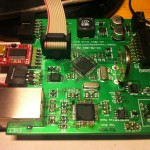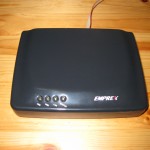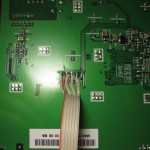Today is World IPv6 Day. The idea is that lots of companies will be enabling IPv6 on their web sites and other public services to make sure that everything works OK. IPv6 is a new Internet Protocol, to replace the now-obsolete IPv4, because we’ve nearly run out of addresses the protocol can use.
My home network has been fully IPv6 enabled since we moved to Devon all of 5 years ago (through my fantastic ISP, Andrews & Arnolds). I’ve been happily browsing away on the small number of web sites that offer IPv6 outside of World IPv6 Day. My day-to-day Googling and YouTubing have all been IPv6 for a long time now. Today sees us use Facebook over IPv6 and a bunch of other sites, but without looking it up I don’t even know which – you can’t tell the difference.
But one thing that isn’t IPv6 enabled yet, to my great chagrin, is my server. This web site and all the others I run, my email, my customers’ virtual machines… None of that is on IPv6, because the ISP my server is colocated with cannot get its act together. I have emailed RapidSwitch (IWNL) on multiple occasions asking when IPv6 will be available and they just keep burying their head in the sand. Apparently I’m one of only a small handful of customers who have asked for this, so there’s no ‘business’ reason to implement it. Well when it finally hits them in the face they won’t be ready for it and it’ll be a scramble. Great joy.
Update: I should add that I have a Linode virtual machine on a server somewhere in New Jersey, which is my “disaster recovery” machine in case anything should happen to the main server. That one is fully IPv6 enabled, so secondary DNS and my backup MX are reachable over IPv6. At least someone can do it right!
I guess I wait for and put up with the mad dash when it needs to be done, or find an alternative place to host my server and deal with all that fallout.
Happy IPv6 day!



